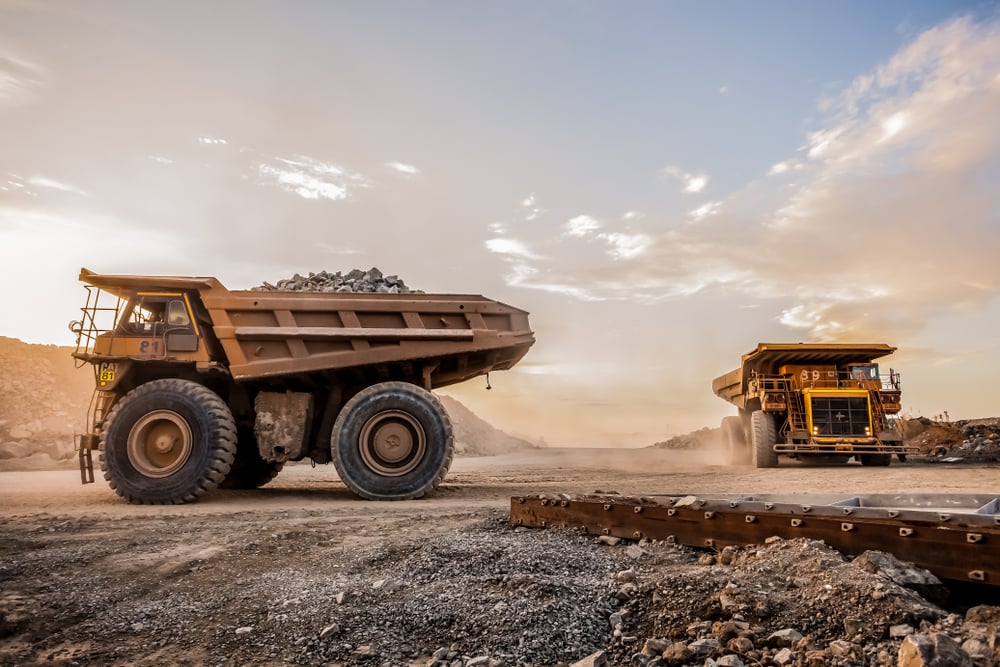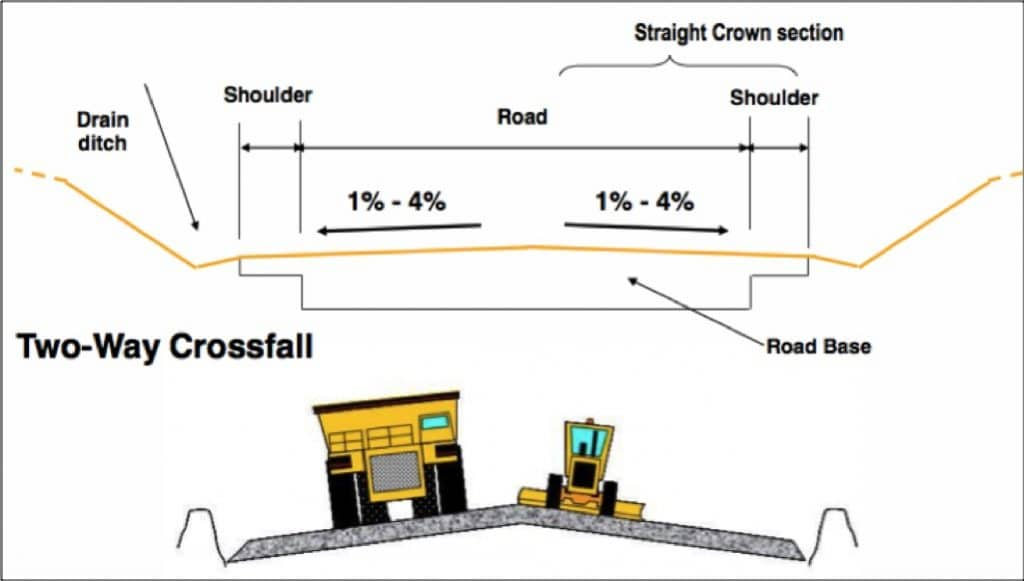
The Carbon Tax Bill [B46-2018] was passed into law by the National Assembly with an effective implementation date of 01 June 2019. This was the result of the signing of the Paris Agreement on Climate Change by the South African Government.
Consequently, many mines in South Africa are looking for innovative ways to reduce their carbon tax liability. Anglo American, for instance, has pledged to not only actively reduce energy emissions, but to be completely carbon neutral across all global operations by 2040. Such a feat will require mines to adopt holistic energy conservation measures across all aspects of a mining operation.
In this blog post, the experts at Dust-A-Side take a look at energy saving initiatives that mines can implement in order to lower their carbon tax liability and help contribute to a more sustainable future for the planet.
To begin with, how does the Carbon Tax work?
The Carbon Tax is levied on the sum of greenhouse gas emissions, expressed as a carbon dioxide equivalent, resulting from:
- Fuel combustion
- Industrial processes
- Fugitive emissions
The Carbon Tax will be implemented in phases (the first phase is from 1 June 2019 to 31 December 2022), in order to assist in the transition to a low-carbon economy and minimise the impact on businesses and electricity prices. In terms of the Act, carbon tax will be levied at a rate of R120 per ton of carbon dioxide (equivalent of greenhouse gas) during the first phase.
By their very nature, mining operations are huge contributors to carbon dioxide emissions. This is especially true for open cast mines, where 80% of energy usage is consumed by heavy mining equipment which create excessive carbon emissions.
Therefore, the Carbon Tax represents a huge expense to mines who do not implement energy saving measures.
What can mines do to reduce their energy emissions?
There are many options mines can implement in order to reduce on-site emissions, including switching to electric powered vehicles, electrifying gas appliances (such as pumps and heaters), and using more fuel-efficient diesel engines.
One of the most prevalent contributors to a mines’ total emissions is its haul road networks. Globally, there are around 28,000 large mine haul trucks in service. Each of these trucks will consume roughly 900,000 liters of diesel per year and make up 30%–50% of a mines’ total energy use. Together, these mining trucks emit 68 million tons of CO2 per year.
If South African mine operators focus their attention on reducing haul truck fuel consumption and improving fuel efficiency, it will have a huge impact on the overall reduction of carbon emissions. One of the best ways to achieve this is to construct high quality haul roads with minimal rolling resistance.
When haul roads are not constructed properly, undulations can form, affecting the riding quality of trucks, which, in turn, can increase the rolling resistance of the road. This leads to increased fuel consumption and therefore increased carbon emissions.
How Dust-A-Side can help reduce rolling resistance on mine haul roads
In order to reduce rolling resistance, haul roads need to be carefully designed to ensure they remain smooth, intact and maintenance free. Dust-A-Side specialises in the construction of maintenance of superior quality haul roads. Our haul road establishment process includes:
- A sub-grade and sub-base layer to ensure that the haul road has sufficient underlying strength to support the weight of the loaded equipment that will be travelling along it.
- Adequate crossfall and super-elevation as well as appropriate drainage
- Development of a surface layer (base course)
- To further improve the running surface, our proprietary bitumen emulsion product - DASProduct - is incorporated into the wearing course layer or alternatively it can be sprayed onto the surface in a series of light dilutions.

A Dust-A-Side constructed haul road
A secondary benefit of haul roads with low rolling resistance is improved tyre life. Haul truck tyres last much longer when roads are smooth and free of potholes and debris. Truck tyres have a sizable ecological footprint, from their manufacturing process to their inevitable dumping in landfill. The longer the tyre lifespan, the less carbon emissions a mine is responsible for.
A haul road network constructed and maintained by Dust-A-Side will result in:
- Up to 30% reduction in rolling resistance
- Overall reduction in hourly fuel consumption of 3-5% on average
- An improvement in tyre wear life by up to 7%
While these reductions and savings may seem small, the actual numbers will be huge in the context of the scale of a large mining operation, potentially saving a mine millions each year in tax liabilities.
To further help mines reduce carbon emissions, Dust-A-Side has also developed a revolutionary haul road condition monitoring and reporting software system called DASMetrics. Using state of the art technology, the DASMetrics system remotely monitors, captures and reports on defects found on haul roads in real time. By using the system to make incremental improvements, haul road conditions are more efficiently maintained. These continuous improvements will lead to faster haul road cycle times, better rolling resistance and lower fuel consumption.
![DAS_South Africa-Logo_Y[P]_SA DAS_South Africa-Logo_Y[P]_SA](https://news.dustaside.com/hs-fs/hubfs/DAS-South%20Africa/SA%20Logo/DAS_South%20Africa-Logo_Y%5BP%5D_SA.png?width=670&height=175&name=DAS_South%20Africa-Logo_Y%5BP%5D_SA.png)

